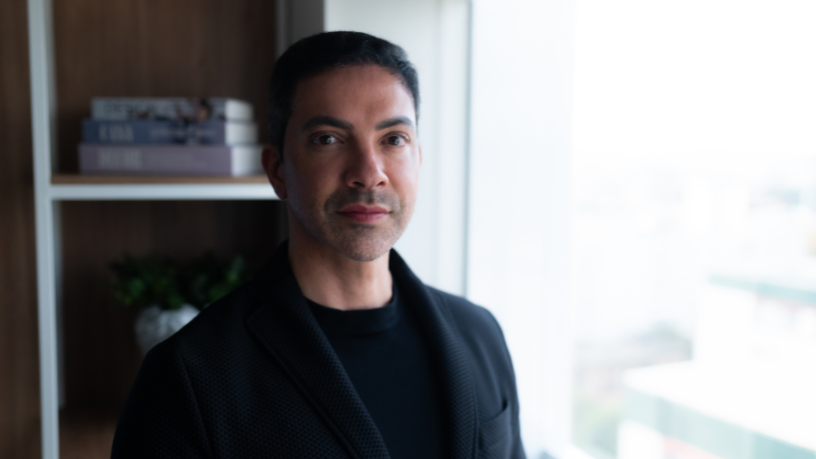In an increasingly connected and fast-paced world, transforming leadership through empathy and active listening has become an essential requirement. Paulo Henrique Silva Maia, founder and CEO of Case Consultoria e Assessoria, emphasizes that leading with human sensitivity and assertive communication is key to effectively facing the challenges of the digital era.
Today’s corporate environment demands more human-centered leaders—those who can understand the emotions, needs, and expectations of their teams. In this context, empathy and active listening are not just desirable traits, but strategic competencies that directly impact organizational performance.
Why is empathy essential in modern leadership?
Empathy—defined as the ability to put oneself in another’s shoes—has emerged as a competitive advantage within organizations. In digital times, where communication often becomes fast and impersonal, empathetic leaders foster authentic connections, create healthier work environments, and reduce internal conflict.
According to Paulo Henrique Silva Maia, empathy enables leaders to interpret employees’ emotions more clearly, leading to more balanced decisions and stronger relationships. This builds trust and collaboration among teams, improving both organizational climate and results. Moreover, empathy plays a critical role in talent retention.
How does active listening enhance team performance?
Active listening goes far beyond simply hearing. It involves understanding, reflecting, and responding constructively. In a digital context—where communication breakdowns are common—active listening becomes a powerful tool to avoid misunderstandings, align expectations, and strengthen dialogue.
Paulo Henrique Silva Maia notes that active listening enhances leadership by making it more approachable, collaborative, and strategic. Leaders who practice this skill show respect for their team’s ideas and encourage innovation by creating a safe space for open dialogue. Another key benefit is the early detection of problems. By paying close attention to team needs, leaders can identify signs of dissatisfaction, lack of motivation, or challenges—enabling timely and effective intervention.

What are the steps to developing empathy and active listening in leadership?
To transform your leadership, empathy and active listening must be developed consciously and consistently. Here are some practical steps to help incorporate these skills into your daily routine:
Practice uninterrupted listening: Set aside quality time to listen to your team members without judgment or distractions.
Show genuine interest: Ask questions, validate feelings, and demonstrate that you are fully present in the conversation.
Be approachable and open to dialogue: Create a safe environment where team members feel comfortable expressing themselves.
Work on self-reflection: Understanding your own emotions and limits is essential to better understand others.
Invest in continuous learning: Attend trainings, read specialized content, and seek mentors who can support your development as an empathetic leader.
According to Paulo Henrique Silva Maia, this process requires dedication and self-awareness, but the benefits to organizational culture and team performance are substantial.
How can you apply these concepts in your own environment?
Every organization has its unique characteristics, but the path toward more human-centered leadership begins with small steps. Assess the quality of your listening, reflect on your level of empathy, and remain open to feedback from your team.
As Paulo Henrique Silva Maia highlights, transforming your leadership through empathy and active listening is not just a conscious choice—it is a necessity in the face of digital-age challenges. The leader of the future—and of the present—is the one who listens with intention, understands with sensitivity, and acts with responsibility.
Author: Halabeth Gallavan







